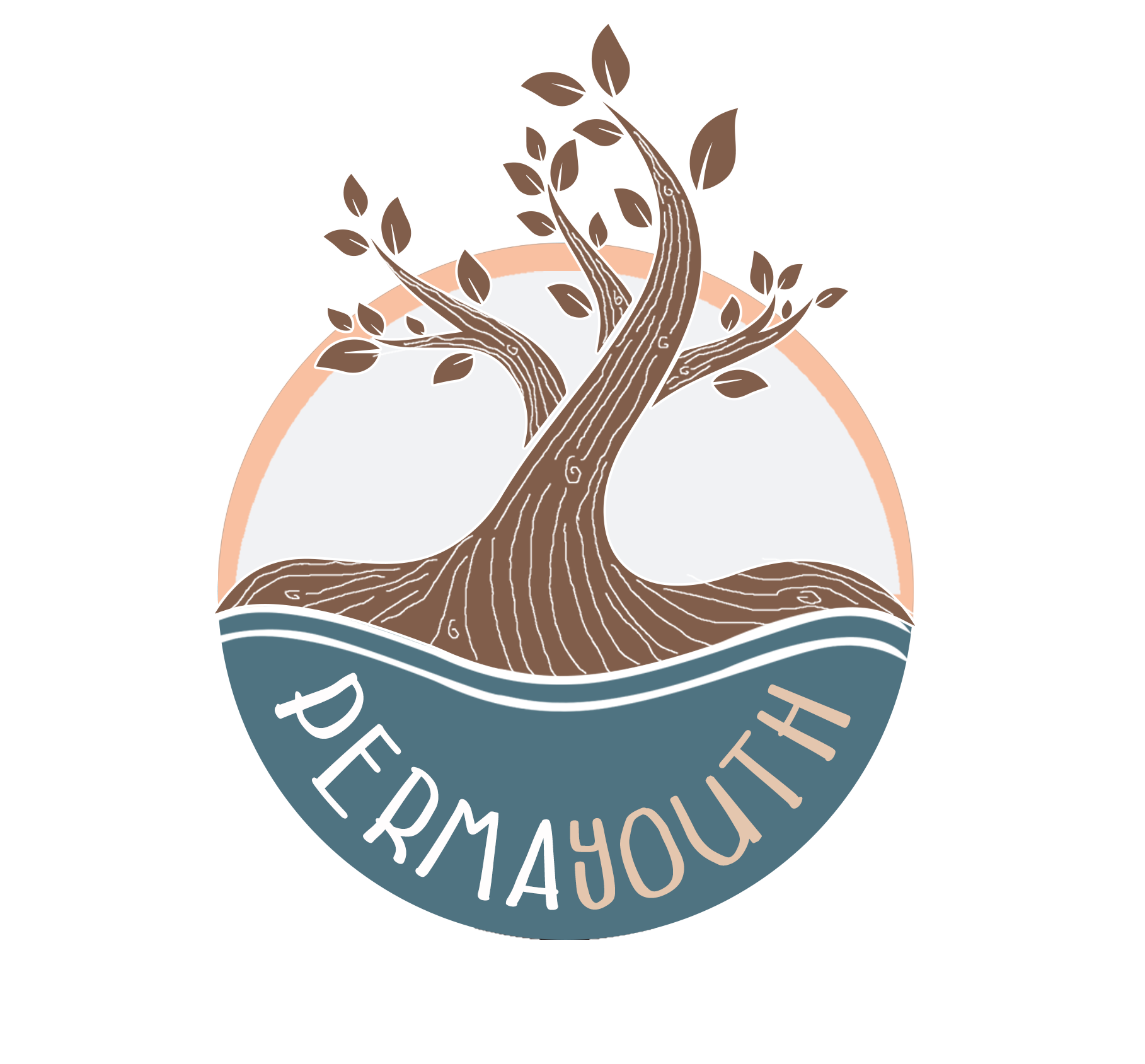📖 Introduction to the Lesson
Welcome to Chapter 6! 🌊 In this lesson, we’re exploring one of the most essential elements of life: Water. Water is everywhere—rivers, oceans, rain—but less than 1% of all water on Earth is actually drinkable. And even that tiny fraction is under threat. From water scarcity and pollution to wasteful habits, we are using water faster than nature can replace it.
This lesson will teach you how to understand, capture, and protect this precious resource. Let’s dive in!
🌱 The Water Cycle: A Delicate Balance
Water is always on the move. It evaporates from oceans, rises into the sky, forms clouds, and falls back as rain or snow. This is the water cycle—a natural system that keeps our planet alive. But human actions are disrupting this cycle.
- In cities, rainwater is often wasted, sent down drains instead of soaking into the soil.
- In agriculture, inefficient irrigation means that most water evaporates before it even reaches plants.
- In our digital world, even online activities use water—data centers around the world consume billions of liters to keep servers cool.
This means water scarcity isn’t just a problem in deserts. It’s a global issue.
💧 Water Usage: Where Does It All Go?
Water is essential, but we often take it for granted. Here’s where most freshwater goes:
- 🚜 Agriculture: About 70% of all freshwater is used to grow food. Unfortunately, much of it is wasted through inefficient methods like flood irrigation.
- 🏭 Industry: Around 20% of freshwater goes to factories and industrial processes, including textile production, paper, and electronics.
- 💻 Digital World: Data centers, which power websites, social media, streaming, and even AI, use enormous amounts of water for cooling. In 2022, Google’s data centers used over 4.3 billion liters of water worldwide.
- 🚿 Households: While only 10% is used in homes, this is where we can have the most direct impact.
⚠️ Water Wastage: A Hidden Crisis
Water is wasted in ways we don’t often see. Think about it:
- A leaking tap can waste over 15 liters of water a day.
- Letting the shower run for a few extra minutes can waste dozens of liters.
- Digital activities like streaming, online gaming, or even using AI can indirectly waste water due to the energy needed to cool data centers.
Every drop we save matters. But how can we become better water stewards?
🌊 Water Conservation Techniques
1. 🌧️ Rainwater Harvesting
- Set up rain barrels under gutters to collect water from rooftops.
- Use this water for garden irrigation, cleaning, or even flushing toilets.
2. 🌱 Swales and Natural Storage
- Dig shallow ditches (swales) along the natural curves of your land. These collect rainwater and let it soak into the soil instead of running off.
- Create ponds or wetlands to store rainwater and support biodiversity.
3. 🚿 Household Water-Saving Tips
- Install low-flow showerheads and faucets.
- Turn off the tap while brushing your teeth.
- Collect cold water while waiting for it to heat up and use it for plants.
4. 🌾 Smart Agriculture
- Use drip irrigation instead of flood irrigation.
- Plant drought-resistant crops that need less water.
- Mulch around plants to keep soil moist.
🌍 Digital Water Use: The Hidden Thirst
Every time you stream a video, make a video call, or even use this course, you are indirectly using water. Data centers around the world consume billions of liters of water to keep servers cool.
How can you reduce your digital water footprint?
- ⏸️ Limit streaming and use offline content.
- 📥 Download files instead of constantly reloading them online.
- 📶 Choose eco-friendly settings on apps and devices.
Remember: Even the digital world has a water footprint.
🌿 The Power of Regeneration: Natural Water Management
Nature has been managing water for millions of years, and we can learn a lot from it. Regenerative water management techniques include:
- Swales: As we saw in Murcia, Spain, these are ditches dug along the land’s natural shape, catching rainwater and letting it soak into the ground.
- Greywater Systems: Collect and reuse water from sinks and showers for irrigation.
- Compost Piles: Moist, decaying organic matter holds water, enriching soil and preventing erosion.
Real-World Example: At La Junquera Regenerative Farm in Murcia, Spain, they capture rainwater, use swales, and plant trees that store water in their roots, creating a green oasis in a dry region.✨ Activity: Design Your Water-Saving Plan
- Draw a simple map of your home, balcony, or garden.
- Identify where you can save or collect water (rain barrels, swales, greywater systems).
- Think about how you can reduce your digital water use too.
- Share your plan with #PermaYouthWater and inspire others.
📚 Further Reading & Resources
- La Junquera Regenerative Farm
- Understanding Greywater Systems
- Zurich Airport Sustainability – Rainwater Harvesting
- How Much Water Does Google Use?
✅ Conclusion
Water is life. It’s precious, finite, and essential for everything we do—from growing food to powering our digital world. By understanding how we use water and adopting simple water-saving techniques, we can ensure it remains available for everyone.
Ready for the next chapter? Go back to the course overview and keep learning!
